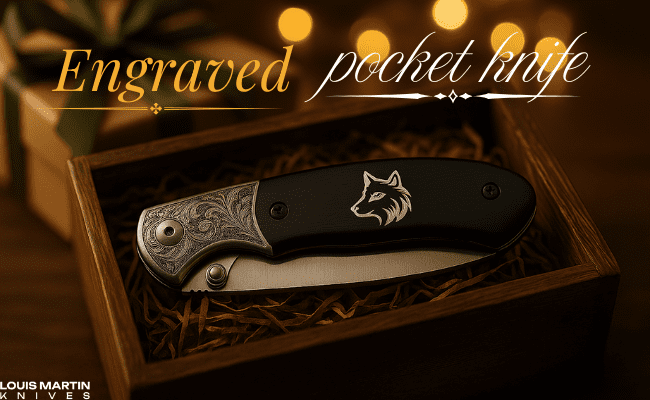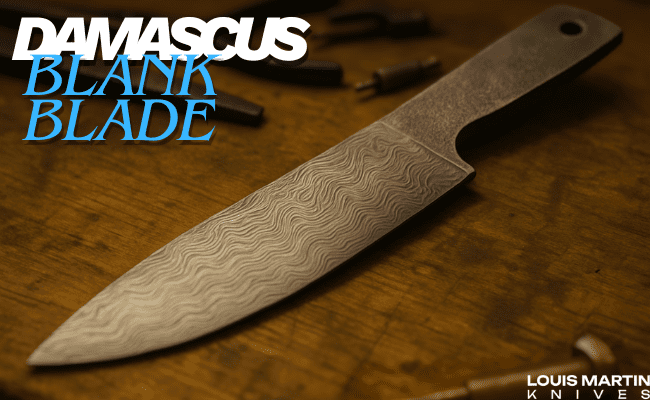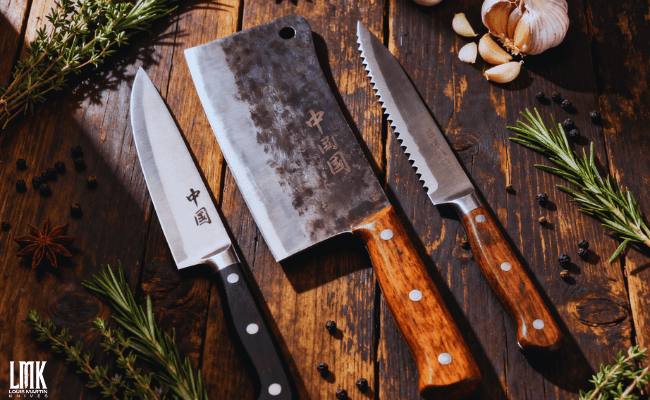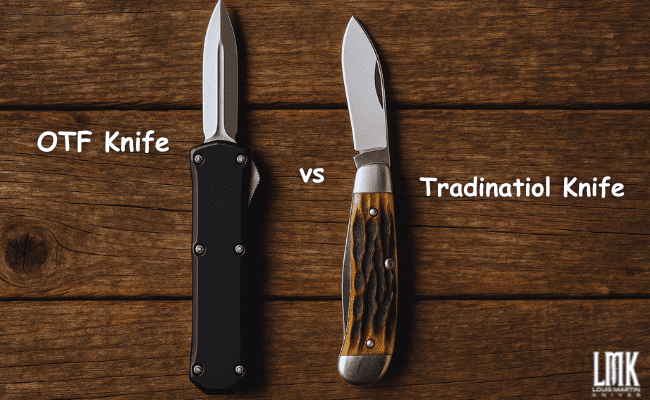Any culinary adventurer’s worst enemy is a dull knife, which can transform an enjoyable endeavor into tiresome work. But what if there was a hidden meaning to that delicious crunch that occurs when your knife smoothly cuts through veggies? The forge’s blazing depths hold the solution. a process called heat treatment.
Heat treatment isn’t just for spaceships and rocket engines; it’s the invisible hand that transforms a hunk of metal into a chef’s knife that can turn ribbons of julienned carrots or a paper-thin shaving of prosciutto. This magical process applies to all handmade knives, from the delicate precision of a hunting knife to the robust chopping power of a cleaver knife
So, how does heat treatment work its magic? Let’s delve into the science of steel and unlock the secrets behind a razor-sharp edge.
The Building Blocks of a Blade
Fundamentally, steel is just a simple mixture of carbon atoms added for good measure and iron atoms trapped in a crystalline lattice. This minute amount of carbon has a major impact on the behavior of the steel. Steel can become tougher but also more brittle with a larger carbon content.
Think of it like a game of Jenga. More carbon blocks (imagine these as the carbon atoms) make the structure (the steel) stronger, but also more susceptible to collapse (chipping) if pushed too hard. This is where heat treatment steps in – it’s the master builder who can create a sturdy Jenga tower (a tough blade) without it toppling over at the slightest nudge.
The Fiery Transformation: Inside the Forge
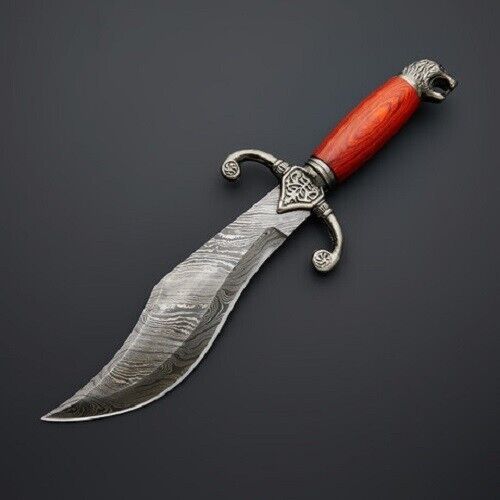
Heat treatment is like a multi-stage culinary recipe, with each step playing a vital role in the outcome. Here’s a peek into the fiery transformation:
- Annealing: This is the preheating stage, like softening butter for baking. The steel is heated to a specific temperature and then slowly cooled, making it soft and malleable for shaping and grinding into its final form.
- Austenitizing: Now comes the heat! The steel is cranked up to a critical temperature, almost like bringing water to a boil. At this point, the internal structure changes dramatically, allowing the carbon atoms to dissolve evenly throughout the iron matrix.
- Quenching: Picture plunging a hot pan into ice water. This rapid cooling “locks in” the new structure created during austenitizing. This is where the magic happens – the rapid cooling transforms the steel microstructure into a super-hard but very brittle crystal structure called martensite.
- Tempering: Think of tempering as taking the edge off. The blade is reheated to a lower temperature and then cooled again. This “relaxes” the stressed martensite structure, making the blade hard enough to hold a sharp edge but not so brittle that it chips with every use.
How Heat Treatment Creates Sharpness
Heat treatment works its magic by changing the internal structure of steel. The quick cooling that occurs during quenching binds the carbon atoms in a peculiar, needle-like configuration known as martensite. Because of the extreme hardness of this martensite, the blade can maintain a razor-sharp edge for a long time.
Hardness does have a price, though. If pressured enough, brittle martensite can chip or even shatter. Tempering is useful in this situation. Through precise regulation of the tempering temperature, the bladesmith can “relax” the martensite, so gaining toughness at the expense of some hardness. The ability of a knife to retain its edge and withstand chipping is ultimately determined by this fine balance of toughness and hardness.
Tailoring the Treatment: Different Knives, Different Needs
Not all knives are created equal, and neither are their heat treatments. A chef knife, designed for precision slicing, needs a different balance of hardness and toughness compared to hunting knives, which may encounter bone or tough hide.
A slightly softer temper is often used on chef’s knives to make the blades more durable so they can handle the daily wear and tear of chopping veggies. On the other hand, hunting knives might keep their sharpness better with a slightly harder temper when playing a field-dressing game. The bladesmith’s skill and experience come into play here, as they customize the heat treatment process to get the best qualities for each type of knife.
The Final Cut: A Sharper Future

The unseen hand that transforms a lump of metal into a blade with remarkable performance is heat treatment. It is the science that explains the delightful sound a sharp knife makes as it effortlessly cuts through materials. We can appreciate the craftsmanship that goes into every high-quality knife if we understand the process.
Maintaining the Edge: A Sharpening Story
While heat treatment creates a fantastic foundation for a sharp edge, it’s not a one-time fix. Even the best blades will eventually dull with use. This is where sharpening comes in – the art of restoring that razor-sharp edge. Sharpening involves removing a very small amount of material from the bevel of the blade at a specific angle. This realigns the microscopic teeth created during heat treatment, bringing back that satisfying bite.
There are many ways to sharpen, from the old-fashioned whetstone to the more modern electric sharpener. The best way to sharpen a knife relies on the type of knife, your taste, and how good you are at it! You can find a lot of information online and in libraries that will help you learn how to sharpen knives and keep them in good shape.
The Takeaway: A Celebration of Sharpness
A sharp knife serves as a safe tool in addition to being a cooking tool. A dull knife needs more effort to wield, which raises the possibility of accidents and slips. A sharp knife also makes for cleaner cuts, which reduces food waste and preserves flavor. Thus, the next time you grab your preferred knife, pause to recognize the expertise and research that went into producing its razor-sharp edge. Your heat-treated blade will last for many years in the kitchen with the right maintenance and sharpening.
Optional Call to Action:
Are you prepared to delve into the realm of heat treatment and sharpening? To help you get started,
consider the following Knife websites: A lot of knife makers provide comprehensive details about the kinds of steel they use and the procedures they follow for heat treating it.
Tutorials for honing skills: You may learn how to sharpen your knives like an expert with the help of innumerable internet tutorials and instructional videos.
You may unleash the full power of your knives and turn them from blunt instruments into culinary extensions of yourself by learning proper heat treatment and sharpening techniques. So prepare to enjoy the delight of a perfectly sharp knife by grabbing your sharpener, embracing the science of steel, and using it!

